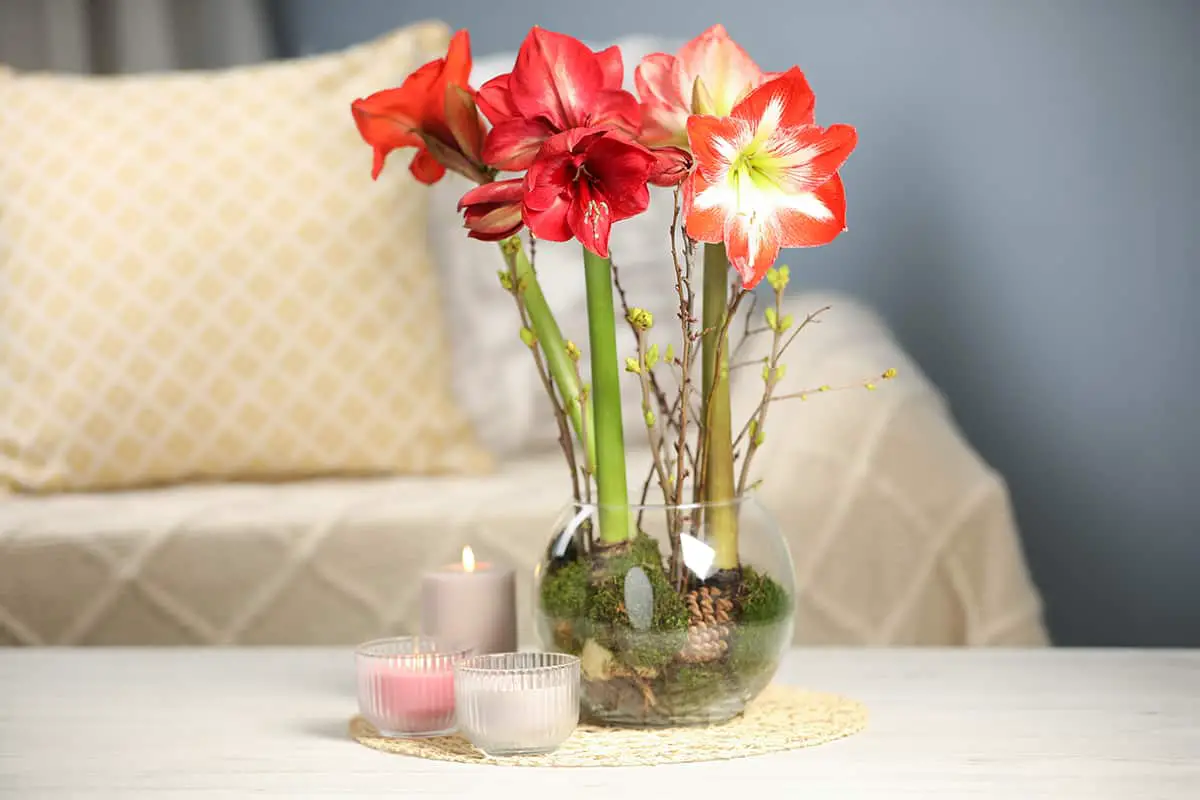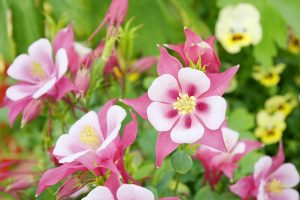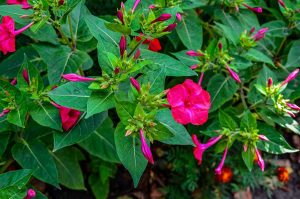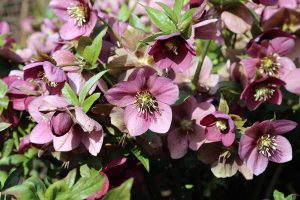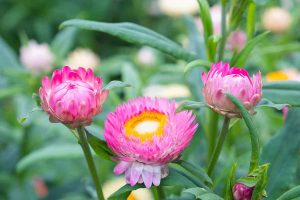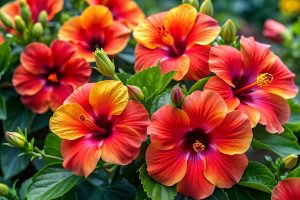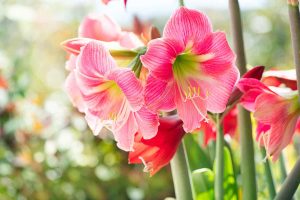Ever had a bulb of amaryllis but didn’t know what to do with it? That was me. It sat on my table until I decided to plant it. Seeing it grow into a beautiful flower was amazing. Lots of us have been there – not knowing what to do with a plant bulb. Let’s learn together how to plant and take care of it. Whether you’re good with plants or just starting, looking after an amaryllis is something everyone can enjoy.
Table of Contents
How to Plant Amaryllis
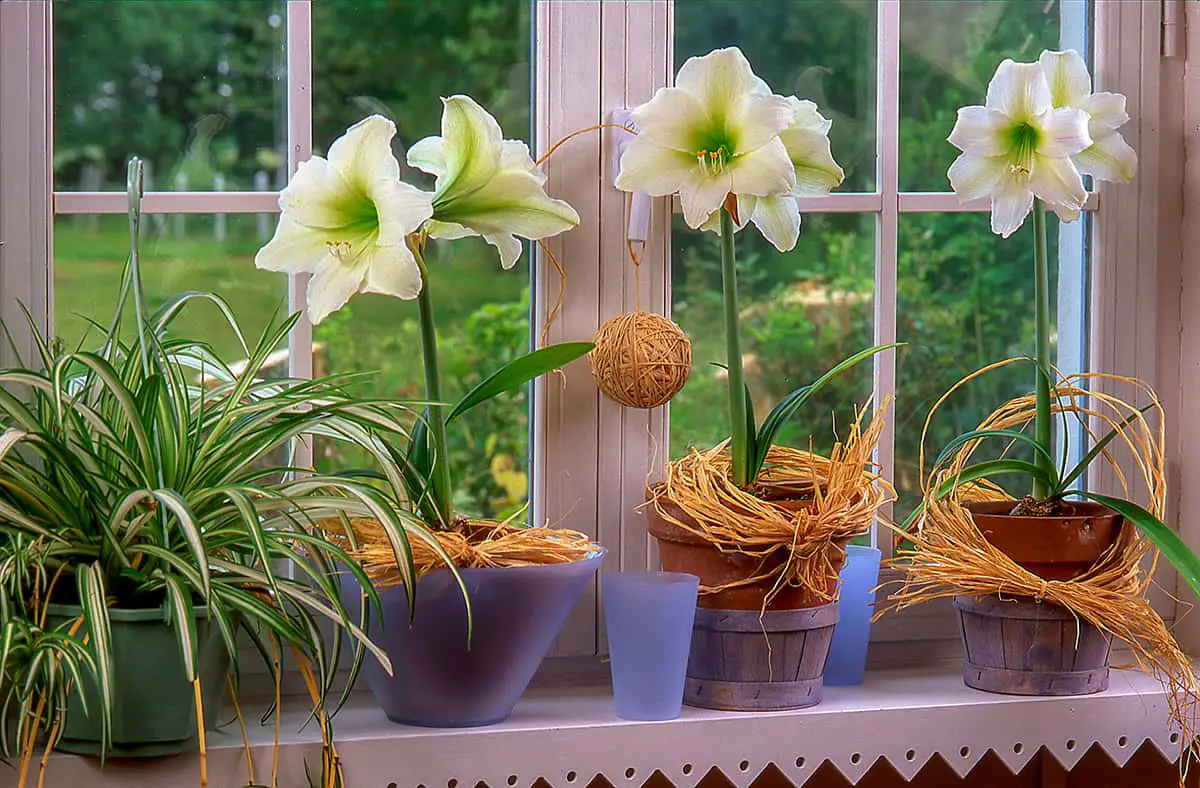
To plant amaryllis, choose a pot that’s slightly larger than the bulb. Ensure it has drainage holes. Fill the bottom of the pot with potting soil, about one-third full. Position your amaryllis bulb with the pointed end facing upwards and the roots resting on the soil.
Add more soil around the bulb, leaving the top third of it above the surface. Water the soil thoroughly after planting, letting excess water drain. Avoid watering again until you see growth, to prevent rot.
Place your pot in a warm area with bright, indirect sunlight. Your amaryllis needs this light to grow but avoid direct sunlight that can scorch the leaves. Once the shoots appear, keep the soil moist but not waterlogged to encourage development.
Secure the growing stem if necessary. As your amaryllis grows, it may become top-heavy. Use a stake to support it and prevent it from tipping over.
Light

Place your plant near a window where it can receive bright, indirect sunlight. Too little light will lead to weak, floppy stems. Amaryllis prefers about 6 to 8 hours of sunlight per day. However, shield it from intense, direct afternoon sun to prevent leaf burn.
The angle and intensity of sunlight change with seasons. Rotate your pot every few days to ensure all sides of the plant receive equal light. This step promotes even growth. In darker months, supplement with artificial light if natural light is insufficient.
To assess if your amaryllis is getting adequate light, observe its leaves. They should be deep green and sturdy. If they appear pale or leggy, your plant needs more light. Adjust the location of your pot or the duration of light exposure accordingly.
Soil

You need well-drained potting soil. This ensures that water flows through, preventing root rot. Your amaryllis bulb will thrive in a nutrient-rich mix, which often includes components like peat moss or perlite.
Prepare the pot with a small amount of this soil first. Then place your bulb on top, pointed end up. Add more soil around the bulb, leaving the upper third exposed. Remember, the pot should be about 1 to 2 inches wider than the bulb to allow growth.
Keep the soil slightly moist but not soggy. Overwatering can harm your amaryllis, so water only when the top 2 inches feel dry. Consistent moisture is key during the growth phase, as stated by SDSU Extension.
After flowering, there’s a rest period for amaryllis. The University of Maryland Extension notes that during dormancy, the soil should be kept dry. This cycle of wet and dry is vital for the plant’s health and encourages reblooming.
Water

Watering your amaryllis is crucial for its growth and blooming. You should only water when the top inch of the soil feels dry. This usually means offering your plant a drink once a week.
Water thoroughly, allowing the excess to drain. Never let your amaryllis sit in standing water. This can lead to rot.
In a sunny spot, your amaryllis will thrive with consistent moisture. However, reduce watering frequency as the plant enters dormancy. This helps to encourage blooming.
Temperature and Humidity
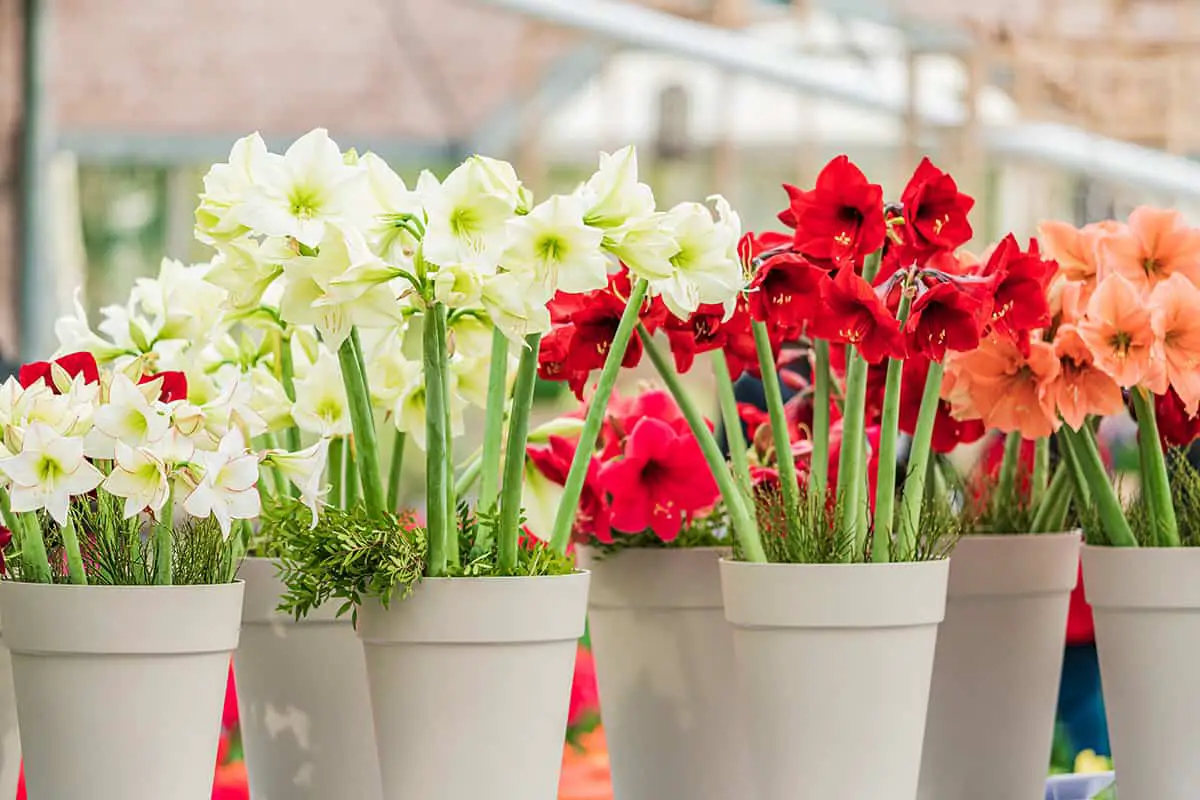
Amaryllis thrives in specific temperature ranges. During growth, keep the temperature between 60-70°F. This range promotes strong, healthy leaves and stems. Once flower buds appear, a cooler temperature of 55-65°F will prolong bloom life.
After blooming, the plant enters a replenishing phase. It’s a time when higher temperatures can stress your amaryllis. Aim for 70°F to sustain the plant while leaves develop. High humidity often causes bulb rot. Maintain moderate humidity levels inside. Use a dehumidifier if necessary. Avoid placing your amaryllis near heating vents or air conditioners. These can create dry air pockets and may damage the plant.
When you transition to the rest period, the bulb needs to go dormant. Store the potted bulb in a dark, cool place at approximately 50-55°F. University of Minnesota Extension and Cornell Cooperative Extension suggest this range for dormancy. It prepares the plant for future flowering.
Temperature and humidity greatly influence the success of growing amaryllis. You regulate its environment to ensure vitality and bloom recurrence.
Fertilizer
Start feeding your plant once it has a few inches of leaf growth. A balanced, water-soluble fertilizer every two to three weeks is ideal. You can find suitable fertilizers for amaryllis here. Make sure to follow the instructions on the label for correct dilution and application.
It’s important to never fertilize an amaryllis with no leaves. This could harm the roots. Once your amaryllis is in growth, however, regular fertilization is key for healthy plants and vibrant blooms. As the growing season ends, reduce fertilizing to prepare the plant for dormancy.
During the rest phase, which often starts in the fall, you should stop fertilizing altogether. This period of no feeding will help the bulb store energy for the next growing cycle. When the next growth cycle begins and new green shoots appear, you can resume fertilization.
Propagation
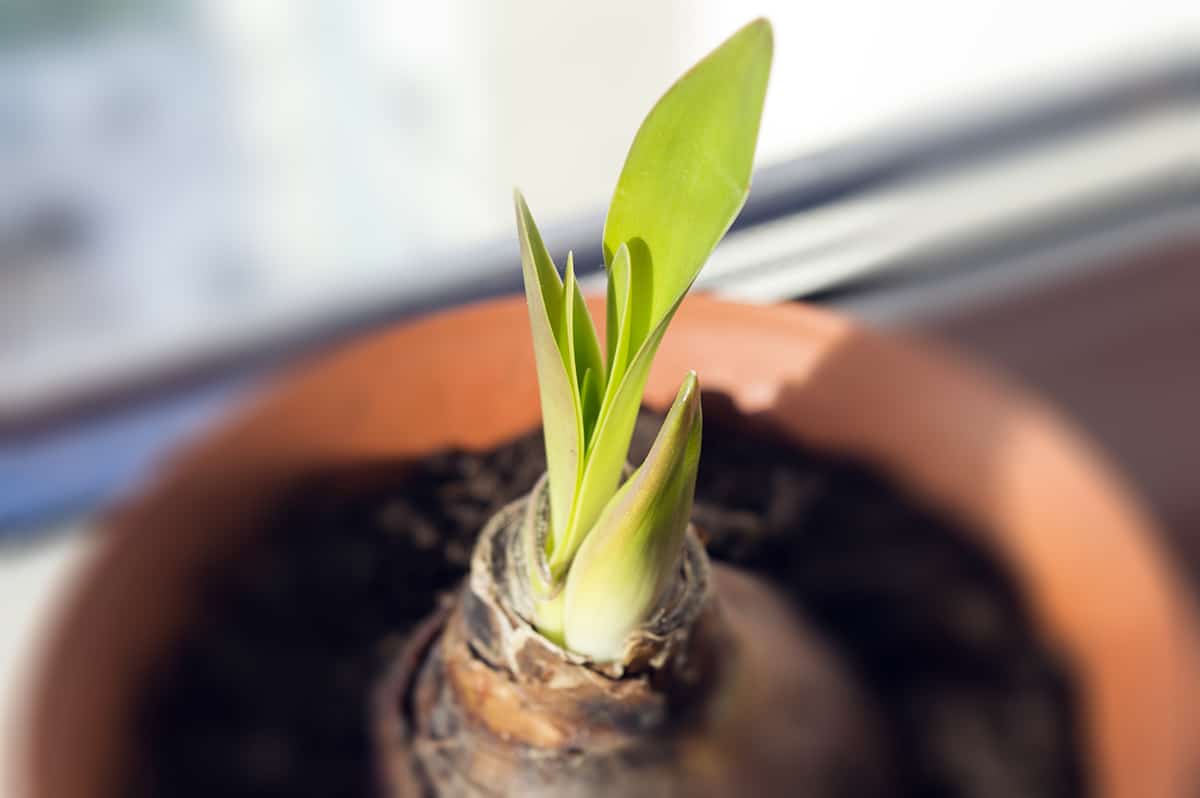
Amaryllis propagation is usually by seed or division. When you propagate through division, separate offsets, or small bulbs, from the parent bulb in the fall. Allow the offsets to dry for a few days before you plant them. It takes several years for offsets to flower.
Seed propagation takes longer. Harvest the seeds from the pod when it splits. Plant fresh seeds immediately using a light, well-draining soil mix. Amaryllis seeds germinate in a few weeks but may take up to six years to flower.
Both methods require patience and care. Keep the conditions suitable for growth: warm temperatures and sufficient water. Limit water for the seed method to prevent rot and mold.
Pruning
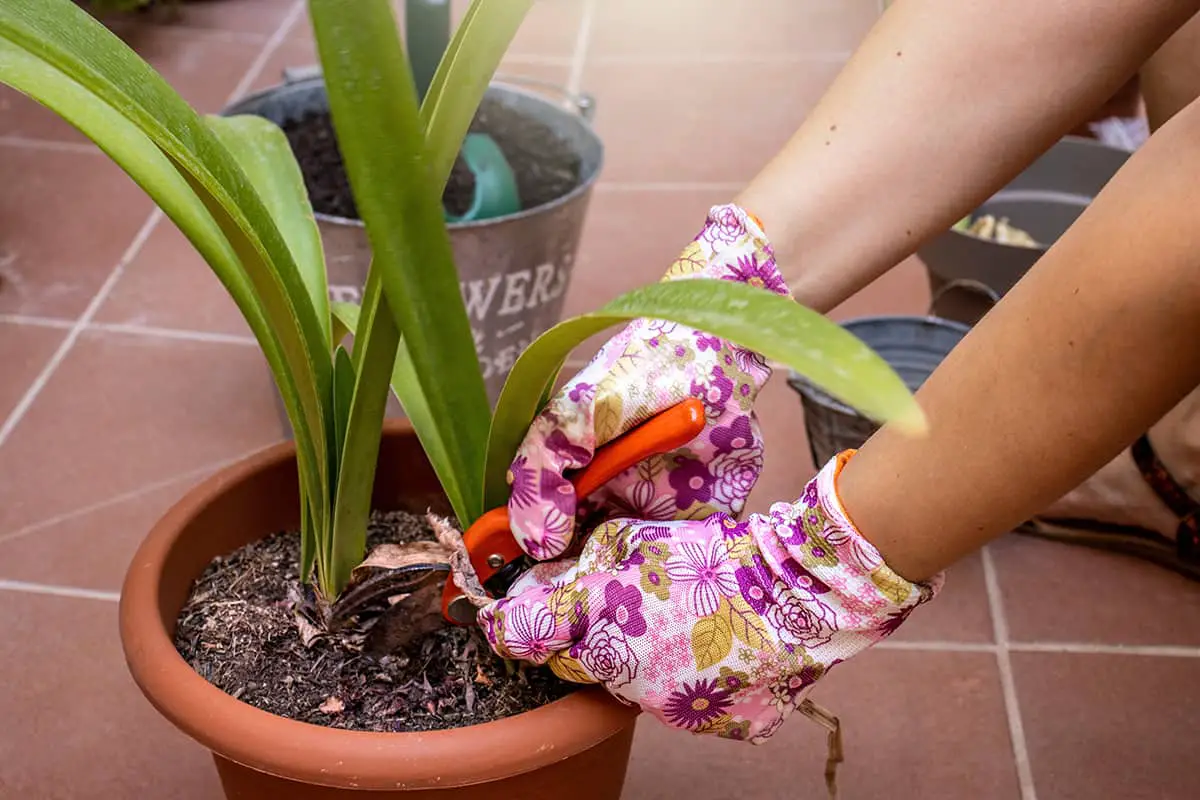
Pruning is essential to maintaining your amaryllis. After the blooms fade, cut the stalk near the bulb’s top. This redirects energy to the bulb, strengthening it for future growth.
If leaves are yellow or wither, trim them. Healthy leaves should remain as they nourish the bulb. For a neat appearance, use clean scissors or shears.
When the plant enters dormancy, remove old foliage. Store the bulb properly to encourage reblooming. Remember, pruning is about promoting health and vigor.
Potting and Repotting
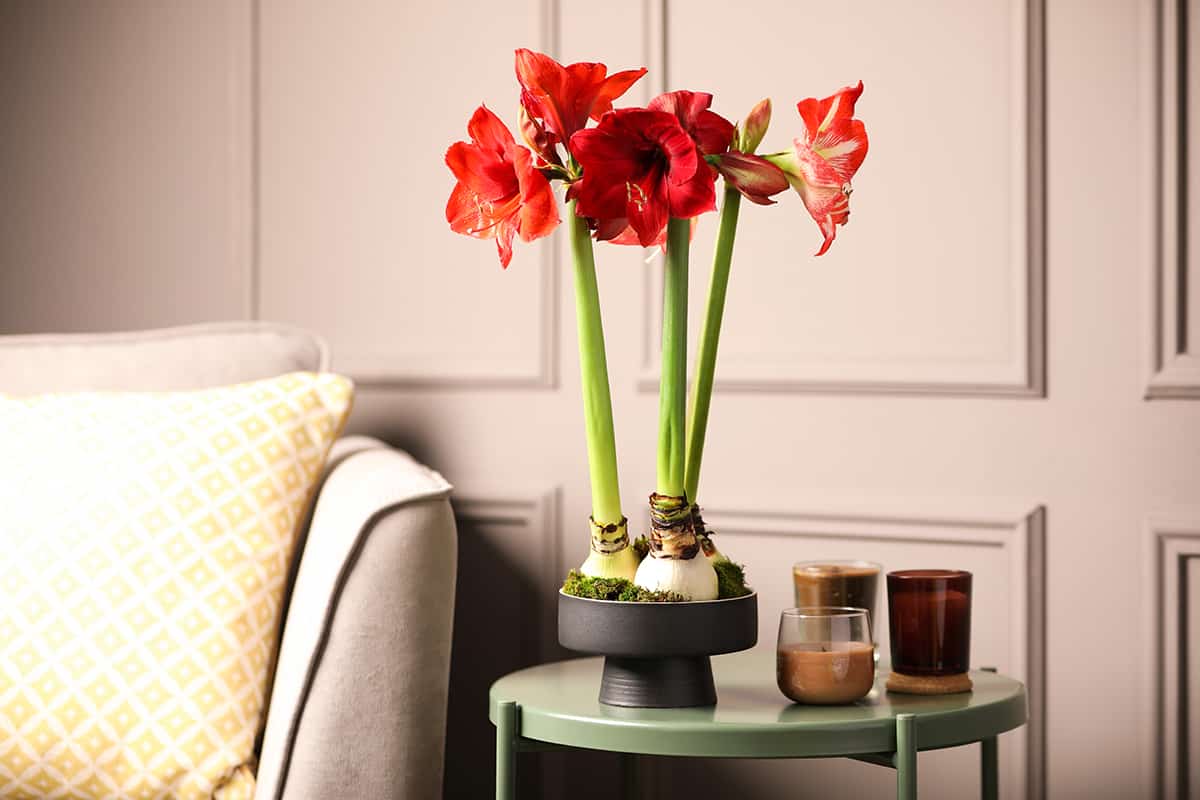
When you plant amaryllis, choose a pot slightly larger than the bulb. The pot should allow about an inch of space around the bulb. Make sure it has drainage holes. Use well-draining soil to ensure healthy growth. Press the soil firmly around the bulb, leaving the top third of the bulb exposed.
Repotting amaryllis is not an annual task. You typically repot once every three to four years. Do this after the plant’s dormancy, replacing old soil with fresh potting mix. Select a new pot just slightly larger than the last to give the bulb adequate room to grow.
Carefully remove the bulb from its current pot. Clean off the old soil without damaging the roots. When placing the bulb in its new pot, ensure a snug fit with surrounding soil. This secure base is crucial for the plant’s support.
During potting and repotting, water the plant thoroughly. Make sure excess water can drain.
Amaryllis appreciates bright light and consistent moisture without being waterlogged. Keep these conditions in mind during potting to help your amaryllis thrive.
Common Problems & Troubleshooting
Your amaryllis may face issues such as rot, pests, and insufficient blooming. Let’s address these problems with effective solutions.
Rot is common when your amaryllis is overwatered or in poorly drained soil. Ensure the pot has drainage holes and the soil is moist but not soggy. If rot occurs, remove the affected parts and let the bulb dry before replanting in fresh soil.
Pests like aphids and spider mites can harm your plant. Wash them off with water or use insecticidal soap as a safe control method. Remove any damaged foliage to prevent further infestation.
If your plant isn’t blooming, it may require a dormancy period. Encourage this by placing the amaryllis in a cool, dark place for several weeks. Limit water and resume normal care when growth appears.
Leaf problems, such as yellowing or wilting, often come from environmental stress. Check if your plant gets enough light and the right amount of water. Adjust as necessary, ensuring the plant gets bright, indirect sunlight and water only when the top inch of soil feels dry.
